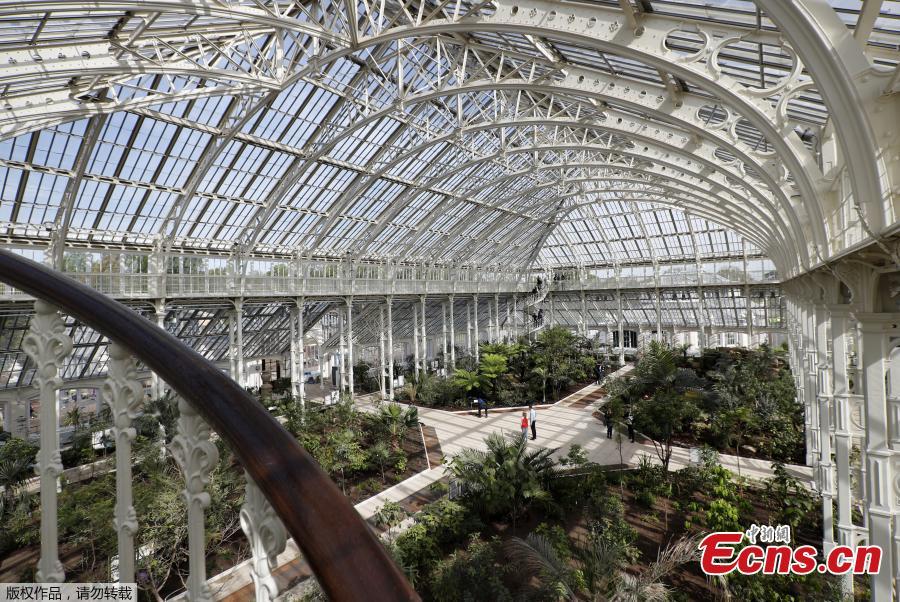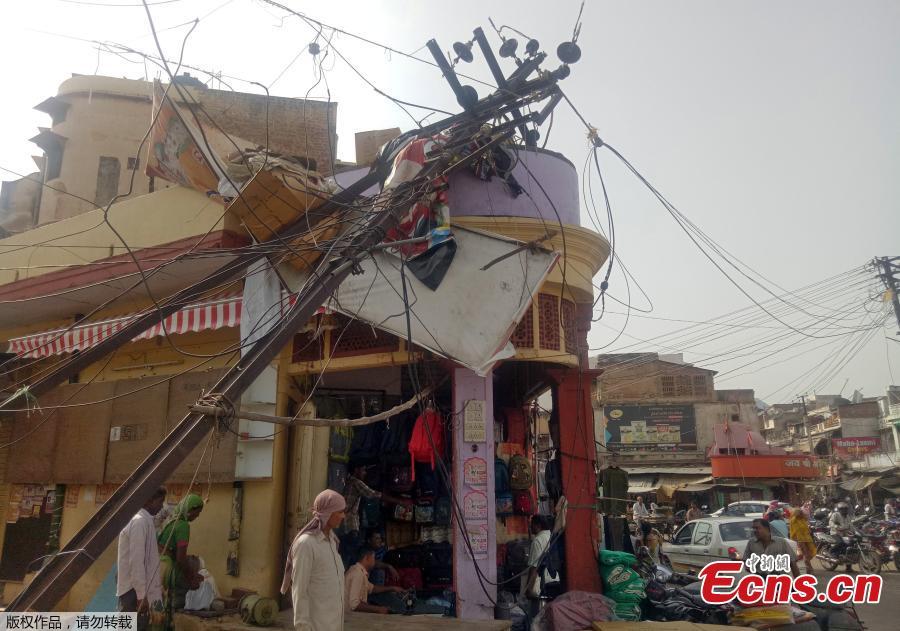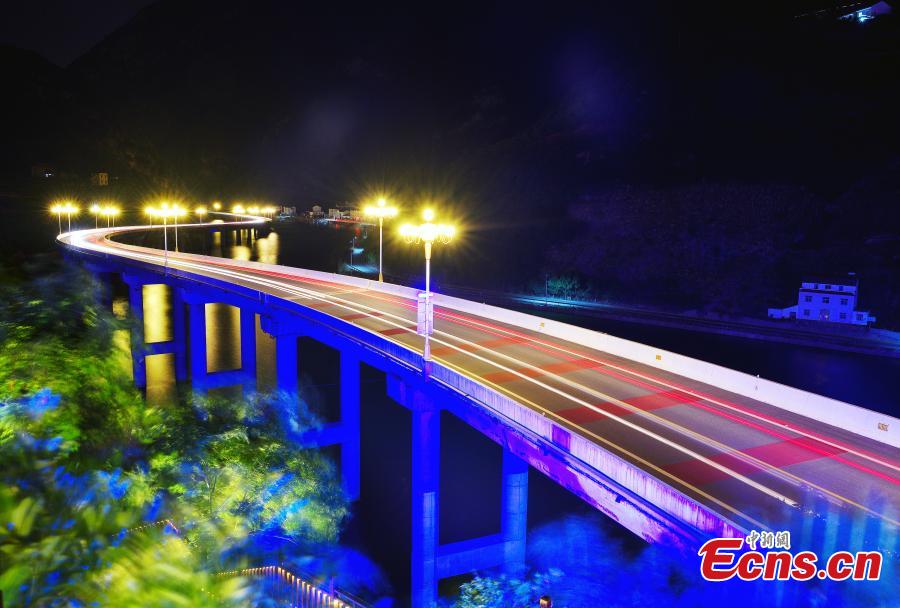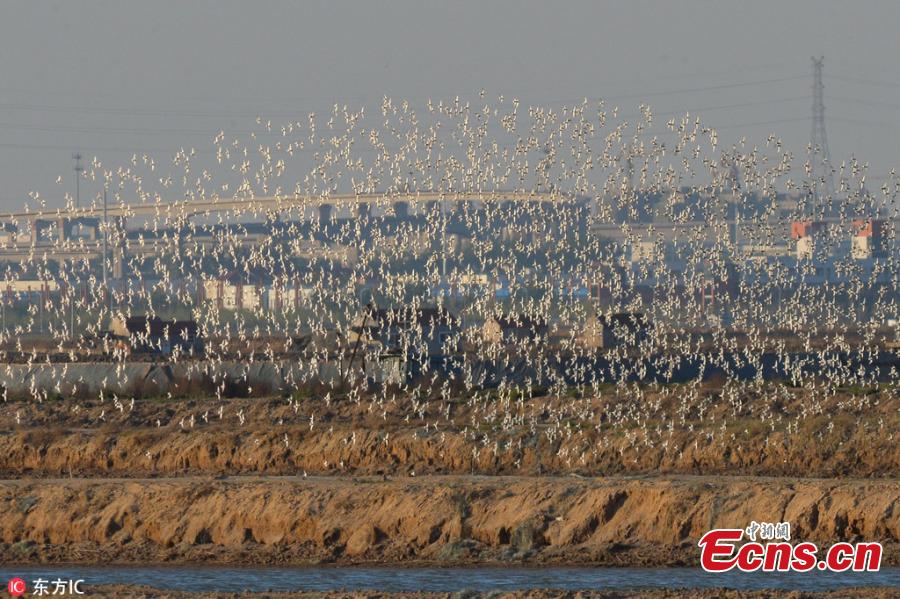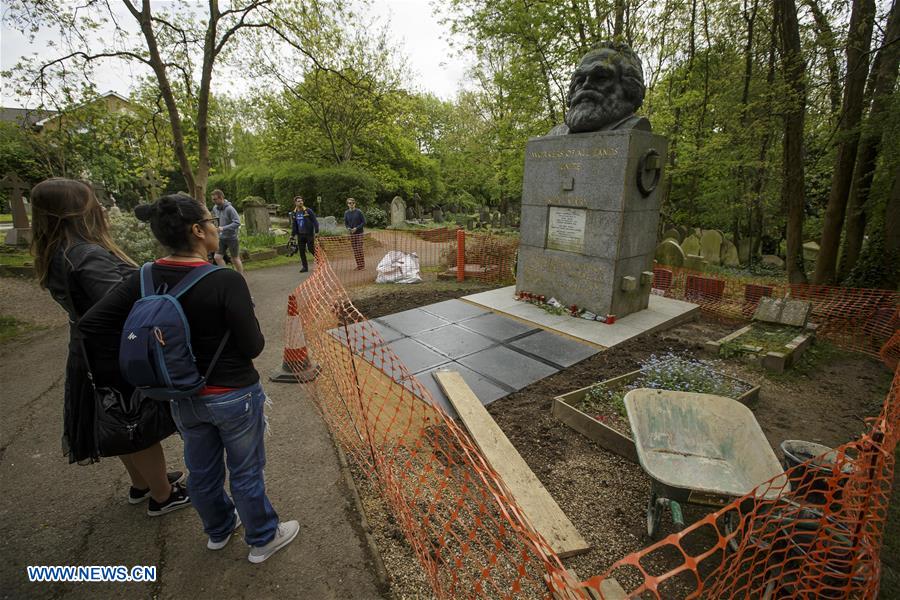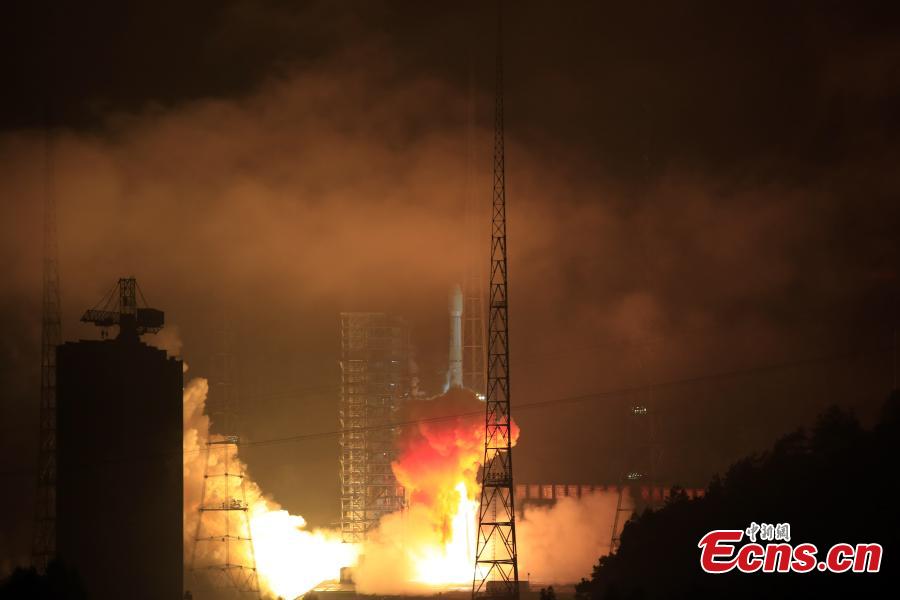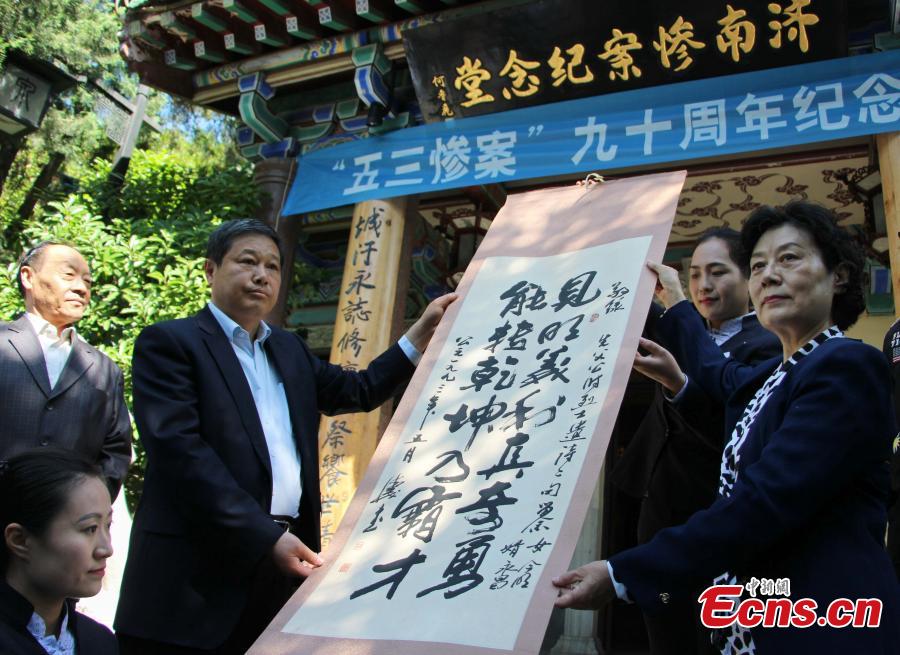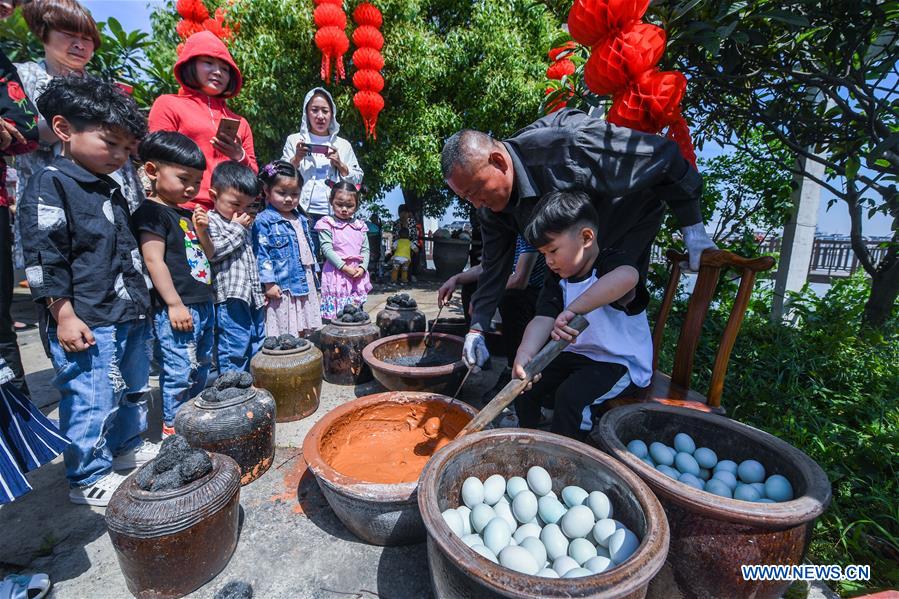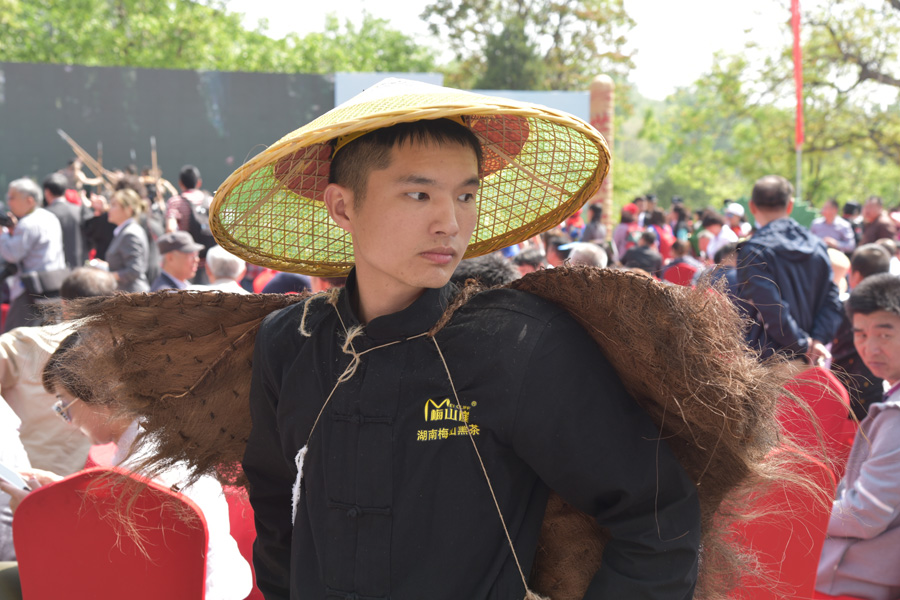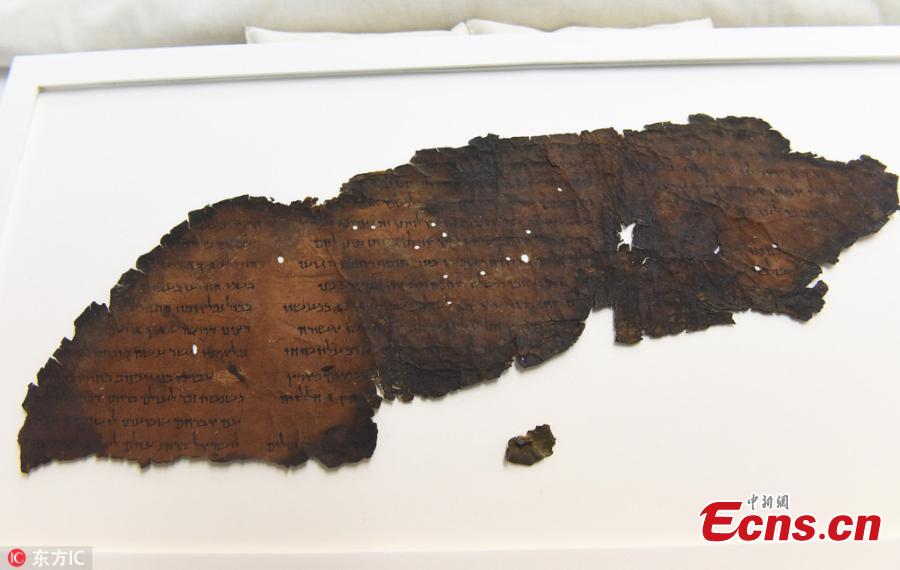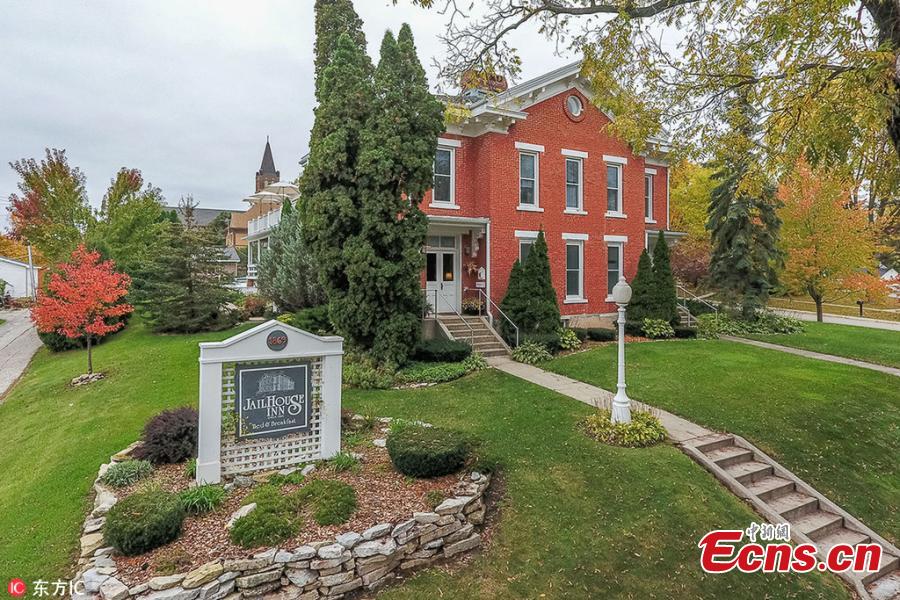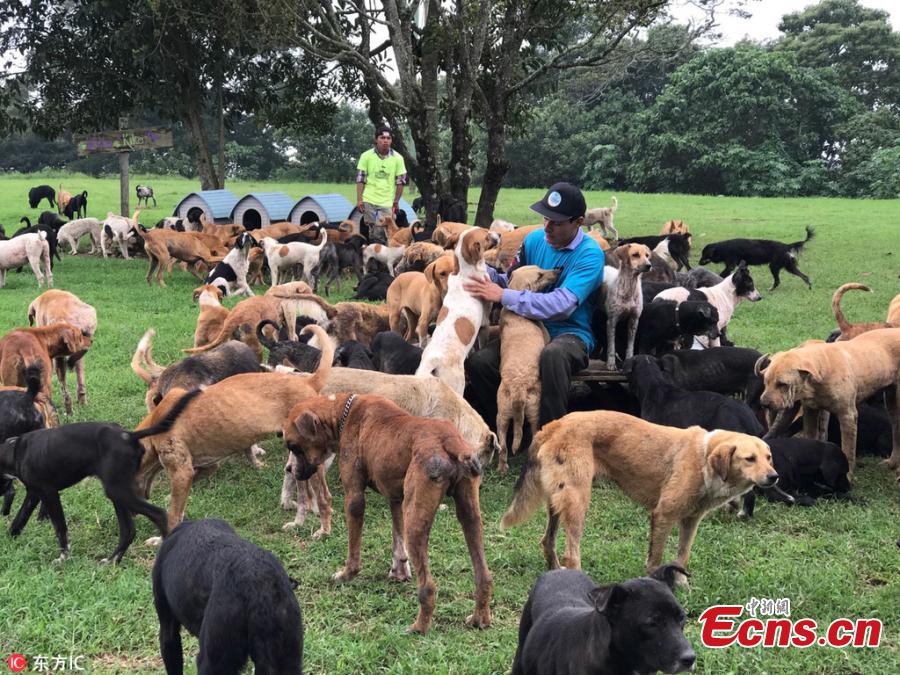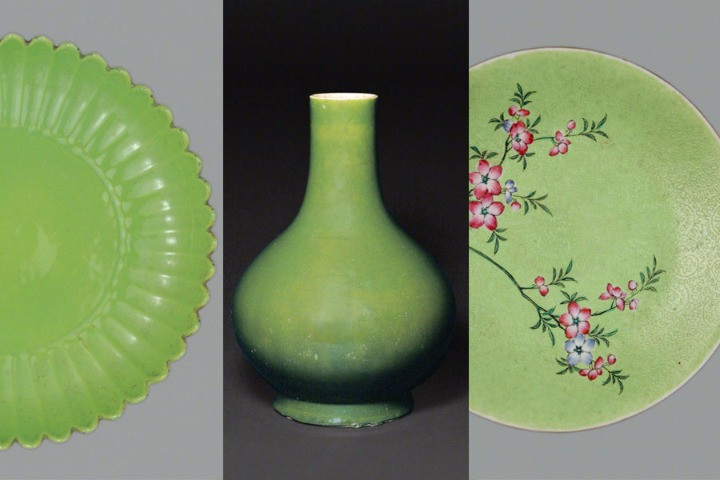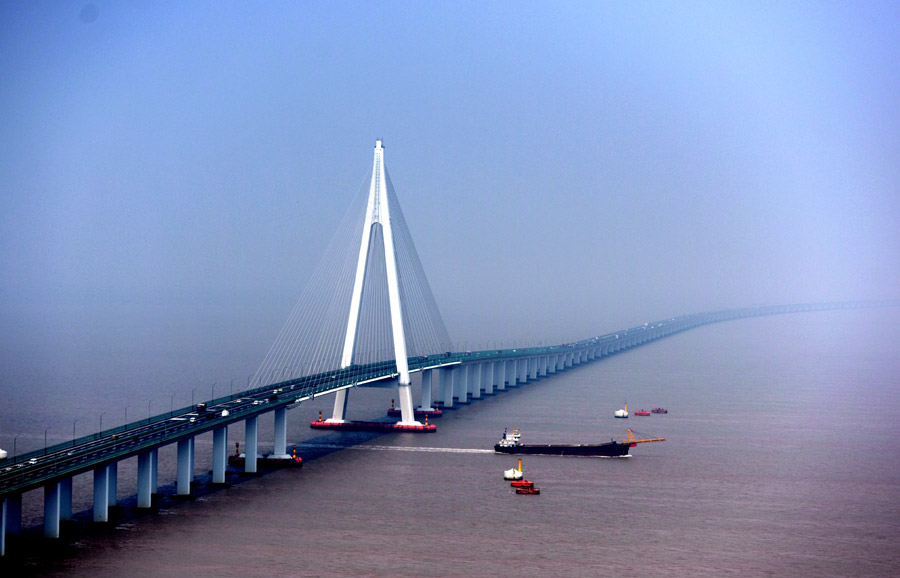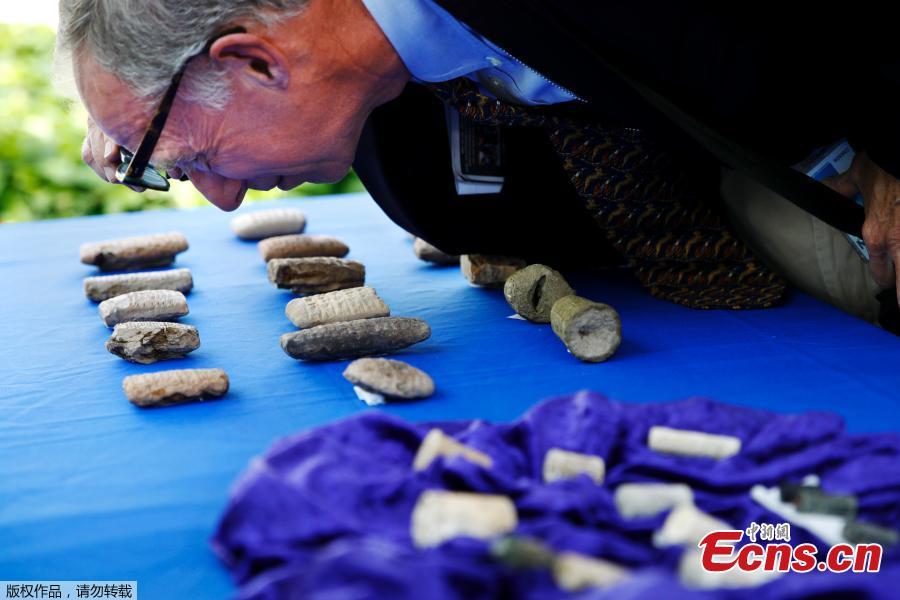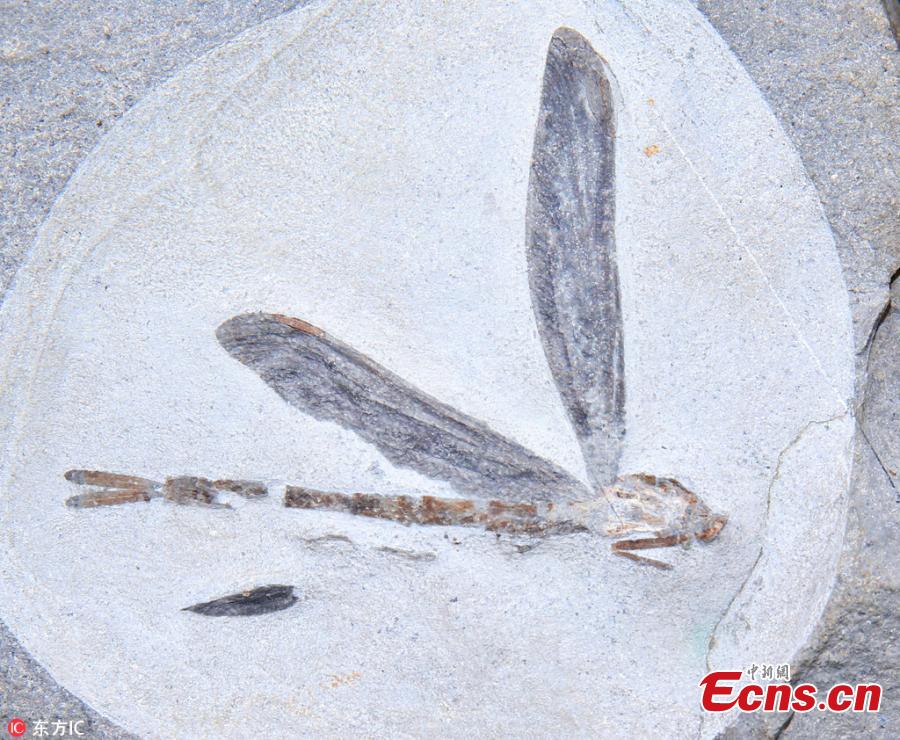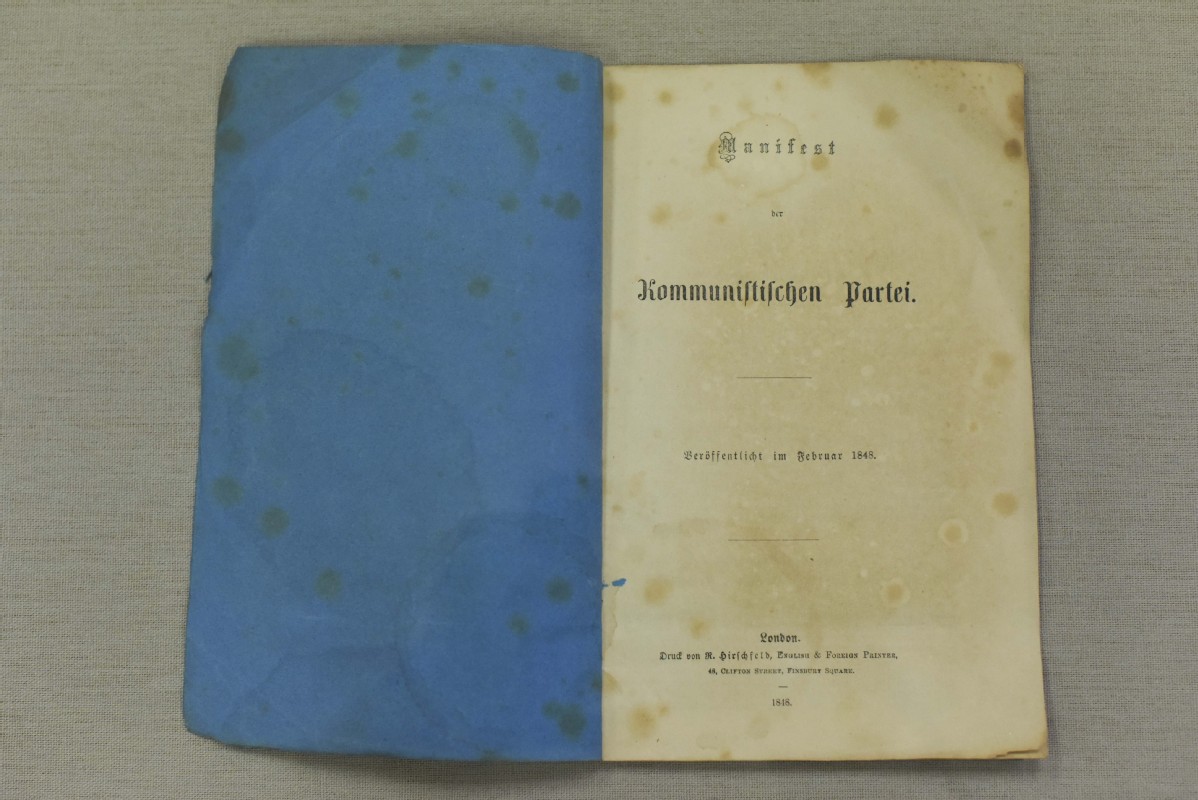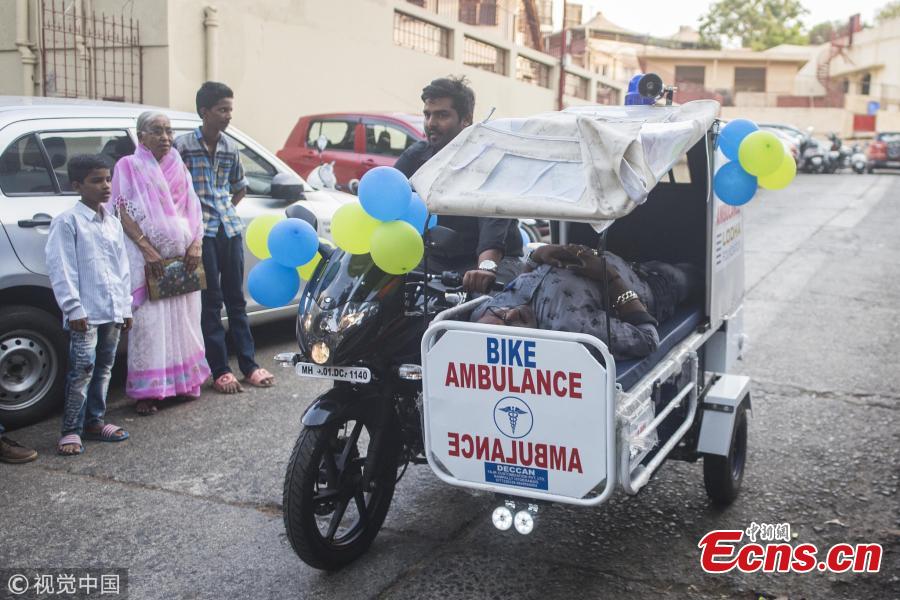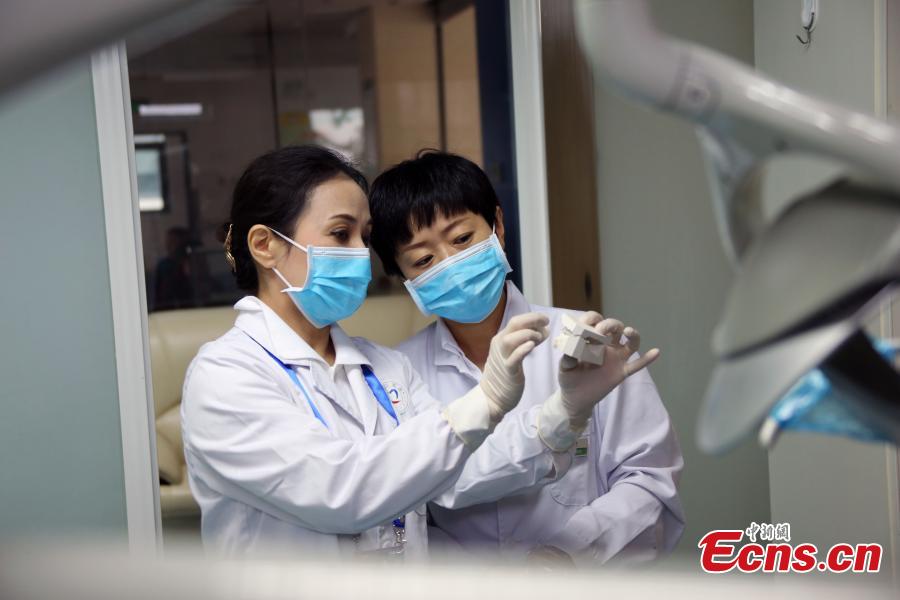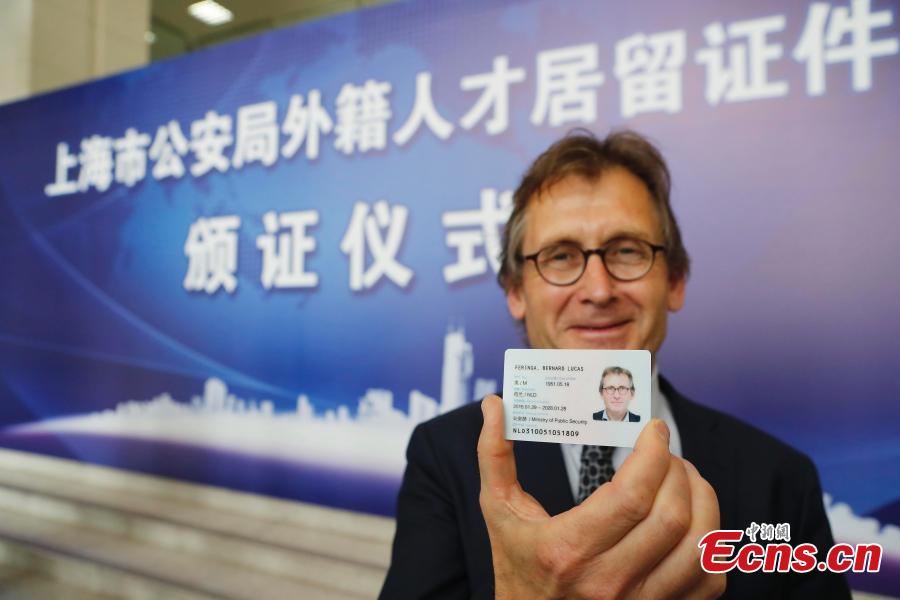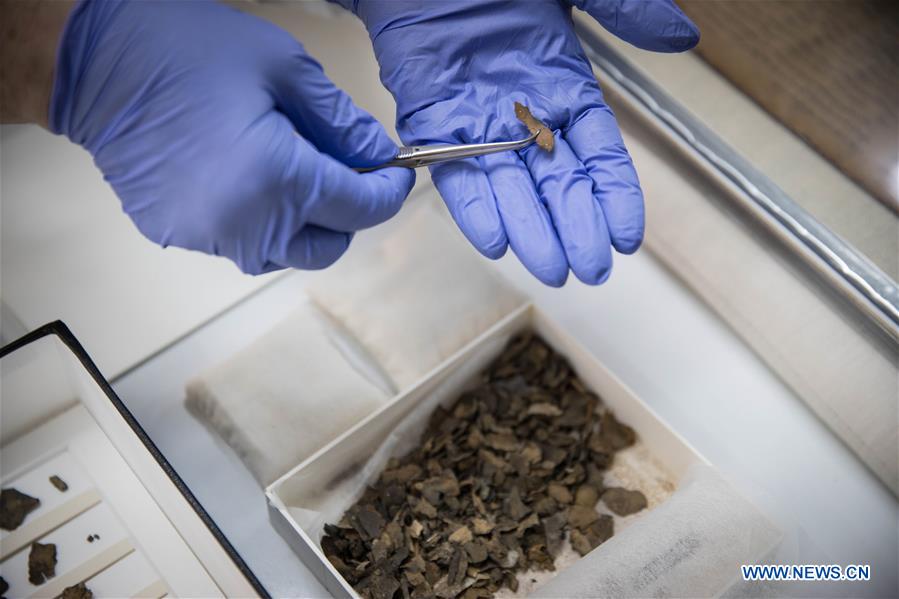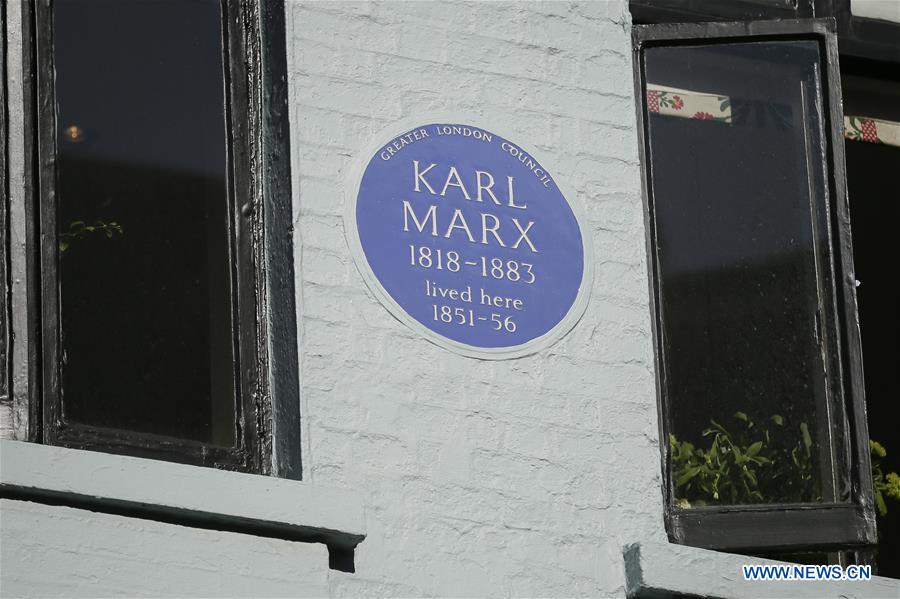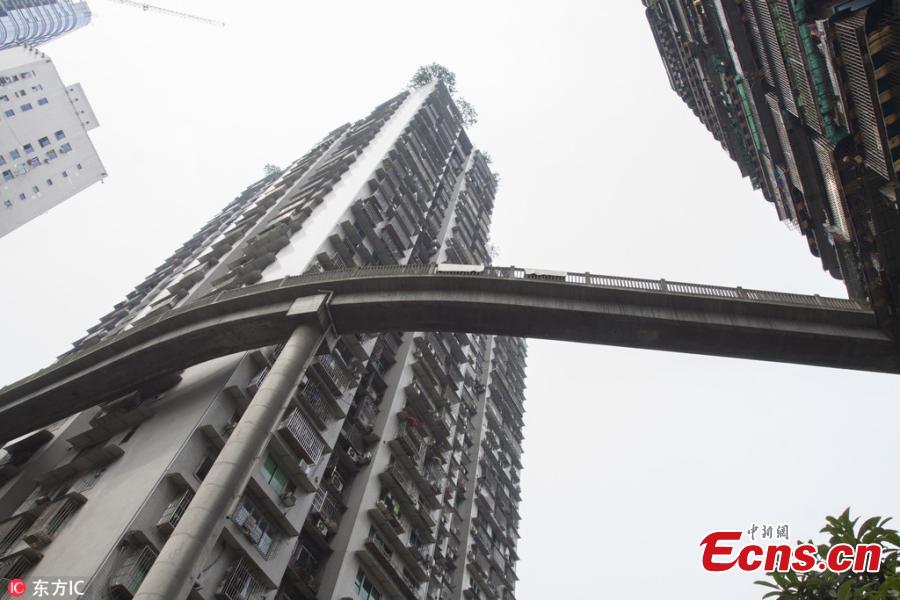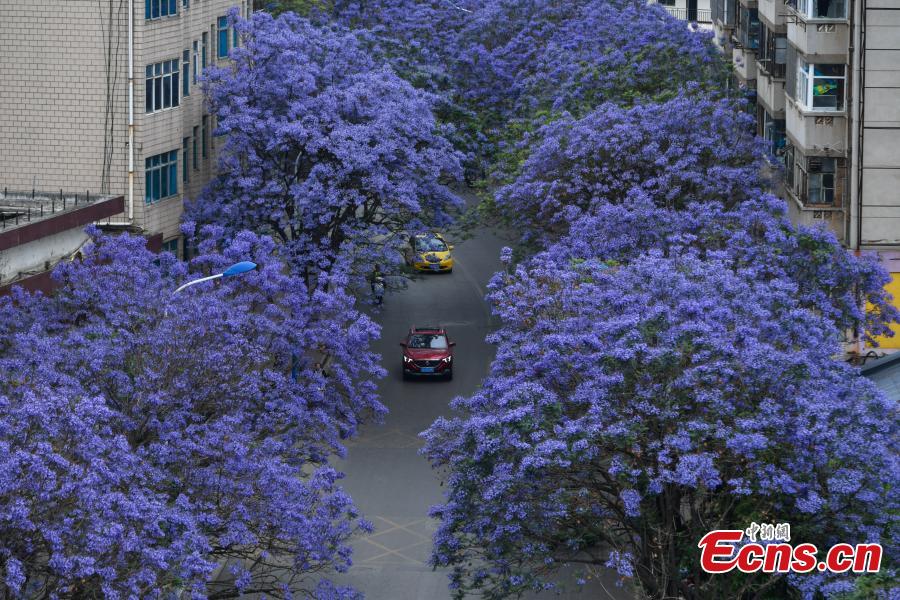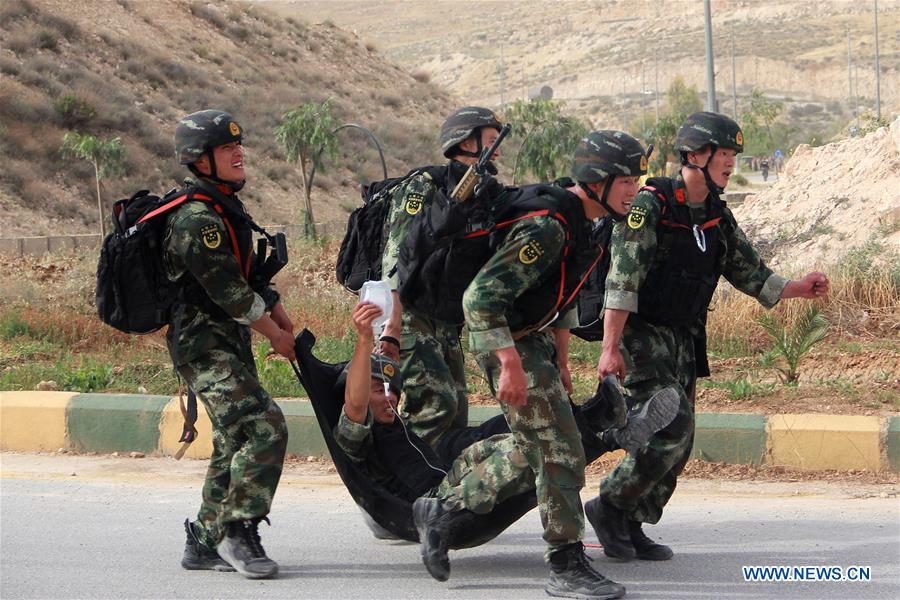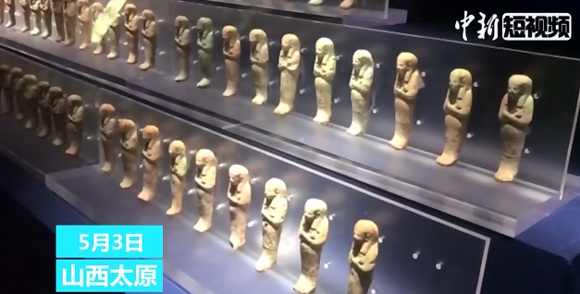Central Asia Regional Economic Cooperation (CAREC) member countries can capitalize on new regional and international development dynamics, including China's Belt and Road Initiative, to strengthen regional infrastructure, boost trade, and reduce poverty, according to participants at a high-level Asian Development Bank (ADB) seminar held on Thursday.
"CAREC and the Belt and Road Initiative uphold common visions of improving connectivity for shared prosperity," said ADB Vice-President Zhang Wencai.
"The overlapping geographies of CAREC and the Belt and Road Initiative provide further impetus for close coordination to jointly build resilient and sustainable regional infrastructure, strengthen trade links, and create jobs and greater economic opportunities for all our countries," he said.
Established in 1997 by the ADB, CAREC members include Afghanistan, Azerbaijan, China, Georgia, Kazakhstan, Kyrgyz Republic, Mongolia, Pakistan, Tajikistan, Turkmenistan, and Uzbekistan.
Participants shared their insights on how stronger collaboration among regional and international cooperation initiatives can support this process. They agreed to continue the momentum of discussion and identify concrete regional investment projects to deepen economic cooperation in the region.
The session was organized on the sidelines of ADB's 51st annual meeting in Manila.
During the Belt and Road Forum for International Cooperation in May 2017, a memorandum of understanding was signed between China and six multilateral development banks (MDBs) including ADB.
The agreement highlighted the MDBs' preparedness to cooperate with the Belt and Road Initiative, in the context of each MDB's respective country and subregional partnership strategies and programs.
Following this, at the 16th CAREC ministerial conference in October 2017, ministers from the 11 member countries signed the "Dushanbe Declaration," which commits these countries to building stronger ties between CAREC and the Belt and Road Initiative.
CAREC seeks to cooperate closely with the Belt and Road Initiative to promote economic growth, prosperity, and elimination of poverty in the region.
Over the past two decades, the ADB said the CAREC program has grown from six projects worth 247 million U.S. dollars in 2001 to 185 projects worth more than 31.5 billion U.S. dollars as of December 2017.










